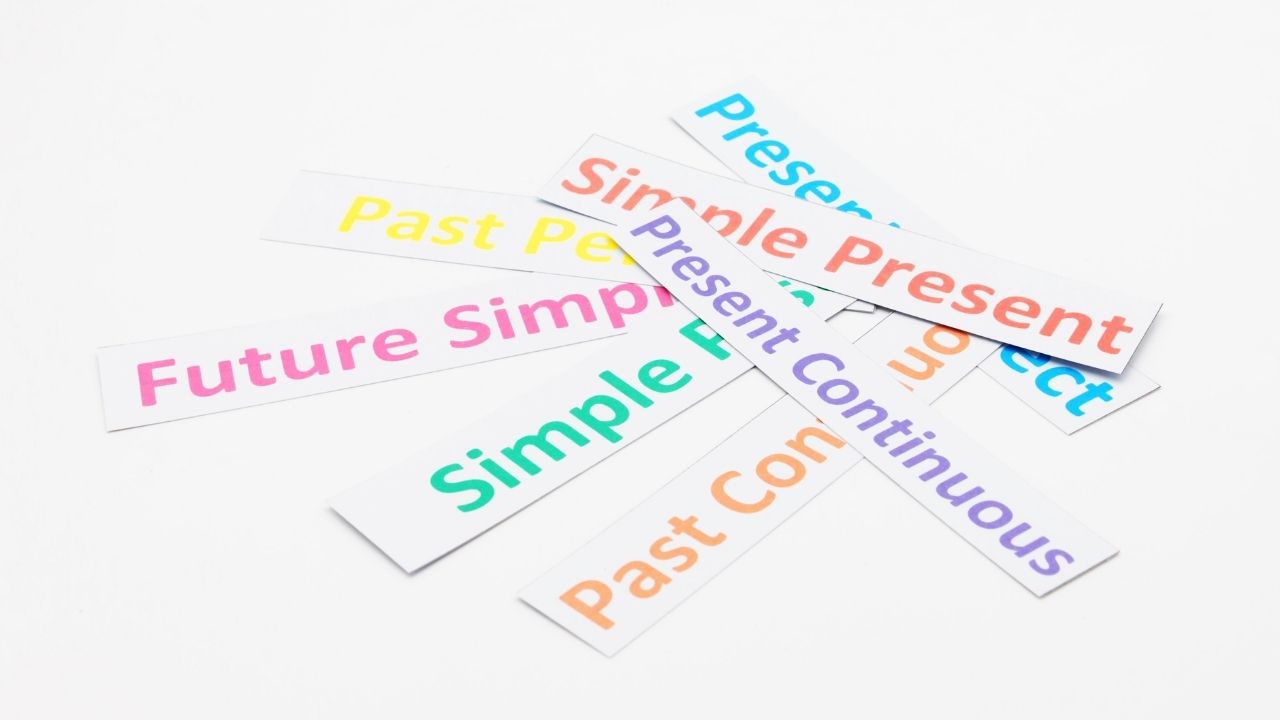Sanskrit holds the reputation for being one of the oldest, yet classical languages of the South Asian region. It belongs to the Indo-Aryan branch of the Indo-European languages. While including a unique Sanskrit alphabet list, the Sanskrit language evolved in the South Asian region given the diffusion of its predecessor languages during the late Bronze Age era.
Even though the language found its establishment around the south Asian region, it is majorly deemed as the holy language of Hinduism. This is due to the fact that most of the classical Hindu philosophies have been sculpted and scripted in the Sanskrit language only.
Besides Hinduism, the Sanskrit letters also found their existence in religions like Buddhism and Jainism. Most of the people in ancient and medieval South Asia considered it as a connecting language. As the Hindu and Buddhist culture transcended towards the Southeast Asian, East Asian, and Central Asian regions during the early medieval era, Sanskrit was established as a language of faith and high culture.
Moreover, it soon made a reputation of being a language for most of the political elites in a few of these regions. This comes as the biggest reason why, even to this date, Sanskrit has left a deep rooting impact on all the regional languages of South Asian, Southeast Asian, and East Asian regions, majorly in their official and learned terminologies.
What is Vedic Sanskrit?
Sanskrit comes as a blend of certain Old Indo-Aryan dialects and Vedic Sanskrit stays as the oldest one from the lot. As a matter of fact, Vedic Sanskrit got its roots in Rig Veda( one of the oldest mythological scriptures of Hinduism).
It appears to be a collection of 1,028 hymns created between the period ranging from 1500 BCE and 1200 BCE by the ancient Indo-Aryan community. This tribe then migrated to the east (today’s Afghanistan) transversely to northern Pakistan and settled within the northern region of India.
Vowels and Consonants in Sanskrit Alphabet List
The cardinal vowels in the Sanskrit Aplphabet chart (svaras) i (इ), u (उ), a (अ) differentiate from the word length in Sanskrit letters writing. For example, the short a (अ) in Sanskrit comes over as a closer vowel than ā, equivalent to schwa. On the contrary, the mid-vowels ē (ए) and ō (ओ) in Sanskrit varnamala are monophthongizations of the Indo-Iranian diphthongs *ai and *au. Moreover, the ancient Iranian language kept hold of *ai and *au.
Interestingly, most of the Sanskrit vowels are intrinsically long. Although they still transcribe e and o without the accent. The vocalic liquid r̥ in Sanskrit is an amalgamation of PIE *r̥ and *l̥. The long r̥ , however, is an improvement and it is majorly used in few analogically created morphological categories.
Numerous scriptures have written Sanskrit letters across various scripts in India. Yet, we talk in the context of the modern era, the language finds its special connection with the Devanagari script. As a matter of fact, the Devanagari script is derived from Sanskrit. Hence, you will find one sound for each of the given signs. Devanagari brings along 13 vowels and 33 consonants in total.
Vowels in Sanskrit Alphabet Chart
| alphabet | quantity with “p” | IPA pronunciation | pronunciation with “p” | IAST Equivalent | English equivalent | description in hindi |
| a | p | / / | / pə / | a | Short or long Schwa : as in a, a bow or a go | middle voice |
| come | Pa | / α: / | / pα: / | ā | long open back unrounded vowel : as in a , f a ther | long open back voice |
| I | p | / i / | / pi / | i | Short close front unrounded vowel : as in i , b i t | phlox |
| e | p | /i: / | /pi: / | ī | long close front unrounded vowel : as in i , mach i ne | long vowel sound |
| u | pu | / u / | / pu / | u | Short close back rounded vowel : as in u , p u t | vocal cords |
| oo | poo | /u: / | /pu: / | ū | long close back rounded vowel : as in oo , sch oo l | long vowel |
| a | on | / e: / | / pe: / | e | long close-mid front unrounded vowel : as in a in g a me (not a compound vowel ) | syllable |
| aye | pai | / ai / | / pai / | ai | long diphthong : as in ei , h ei ght | long binomial vowel |
| o | po | / : / | / pο: / | o | Long close-mid back rounded vowel : as in o , t o ne (not compound vowel ) | long semitone |
| and | Po | / au / | / pau / | au | long diphthong : as in ou , h ou se | long binomial vowel |
In Sanskrit alphabet, ai is a blend of two vowels and is pronounced like “a-i” or “aa-e”. Similarly, au is pronounced like “a-u” or “aa-u”.
Apart from one mentioned in the above Sanskrit alphabet chart, you can further include the following characters as vowels:
- Ri – pronounced incorrectly as of now due to the heavy influence of local and regional languages. It is used as “ri” in modern Hindi and as “ru” in Marathi.
- Hri – only Sanskrit (long loans)
- ऌ – only Sanskrit (syllabic retroflex l)
- An – for n , m , ञ , j , n and n or for nasalization of vowels
- An – To nasalize the vowel (not suitable in Sanskrit)
- A: – for the utterance ” h ” ( exhale )
Consonants in Sanskrit Alphabet List
When no vowel is used, there is an ‘a’. Failing voice Hlnt or punctuation is shown. Such as k k g d.
| Sparsha(Plosive) | |||||
| Aghosh | Ghosh | Nasikya | |||
| Alpryan | Mahapryan | Alpryan | Mahapryan | ||
| Kanthya | k / kə /k; English: s k ip | b / k h /kh; English: c at | c / gə /g; English: g ame | D / G Ɦ Ə /Gh; aspirate /g/ | E / Ŋə /N; English: ri ng |
| Talvya | f / cə / or / tʃə /ch; English: ch at | g / c h / or /tʃ h /chh; aspirate /c/ | h / / or / dʒə /j; English: j am | I / ɟ Ɦ Ə / Or / Dʒ Ɦ Ə /Jh; aspirate /ɟ/ | j / /n; English: fi n ch |
| Murdhnaya | t / /t; American English :: hur t ing | L / Ʈ H Ə /Th; aspirate /ʈ/ | d / /d; American English :: mur d er | N / Ɖ Ɦ Ə /Dh; aspirate /ɖ/ | O / ɳə /N; American English :: hu n ter |
| Dantya | t / t̪ə /t; Spanish: t oma t e | th / t̪ h /th; aspirate /t̪/ | the / d̪ə /d; Spanish: d on d e | Th / D̪ Ɦ Ə /Dh; aspirate /d̪/ | Not / Nə /N; English: n ame |
| OSTHYA | p / pə /p; English: s p in | f / p h /ph; English: p it | b / bə /b; English: b one | RT / B Ɦ Ə /Bh; aspirate /b/ | m / mə /m; English: M Ine |
| Without Sparsha (Fricative) | ||||
| Talvya | Murdhanya | Dantya | Kanthosthya /kakalya | |
| Anthsthya | y / jə /y; English: y ou | r / rə /r; Scottish English: t r ip | l / lə /l; English: l ove | And / Ʋə /V; English: v ase |
| Ooshma | sh / /sh; English: sh ip | sh / /shh; foolish /ʃ/ | s / sə /s; English: S Ame | h / / or / hə /h; English: be h ind |
Conclusion
The Sanskrit language appears to be one of the greatest treasures from ancient India. Yet, it is largely deemed as dead by most of the intellectuals and scholars around the world. While that fact can be disputed, Sanskrit still stands as home to the earliest literature in the world.





